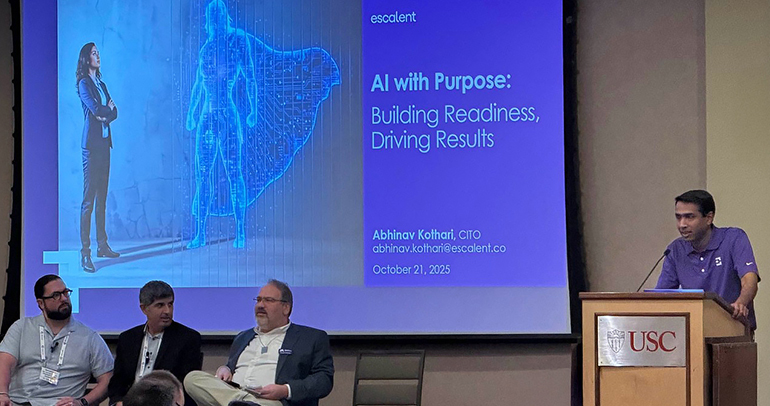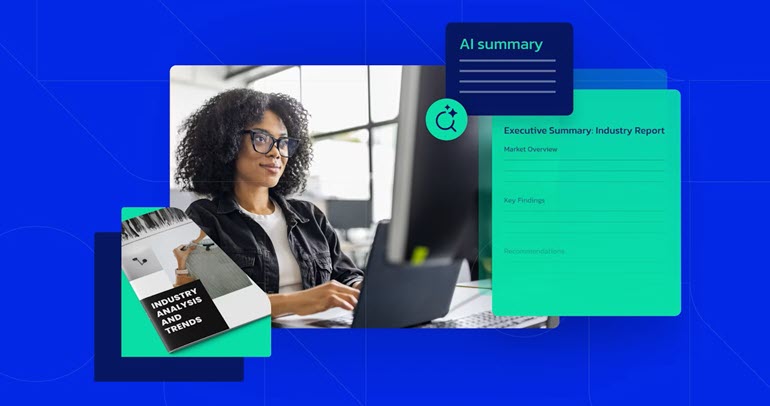
A new cohort of battery electric vehicle (BEV) shoppers is emerging—and these shoppers are more cost-conscious and less confident in the benefits of BEV ownership than early adopters. Our 2024 EVForward® Path to Purchase DeepDive report examines the factors influencing the purchase decisions of these BEV shoppers.
In this study, we found significant differences between those who have already embraced BEV ownership and those who are considering a BEV purchase. Understanding these consumers’ priorities is crucial for automakers and other e-mobility stakeholders seeking to continue BEV sales growth among tomorrow’s buyers.
Bridging the Consumer Confidence Gap Around BEVs
For many BEV shoppers, research is an important aspect of their purchase process. When weighing a BEV purchase, more than two-thirds (67%) of shoppers said they had researched vehicles online. In terms of the topics shoppers are researching, two-thirds (65%) told us they had looked for information about battery life, which is particularly salient given a recent EVForward Pulse finding that more than half of new-vehicle buyers believe EV batteries need to be replaced every couple of years. Other high-ranking research topics included driving range, quality, reliability and durability, performance, and cost of ownership.
However, our findings suggest that the information shoppers are finding leave a lot to be desired in creating consumer confidence. While BEV shoppers are price-sensitive and rank long-term cost savings as the top reason to choose a BEV, only 47% said the information they found about the cost of ownership convinced them that a BEV was right for them. Similarly, consumers indicated that range anxiety and concerns around battery life continue to be among the primary barriers to buying a BEV. However, fewer than half of BEV shoppers stated the information they found on these subjects was reassuring.
Understanding the Cost of BEV Ownership
While existing BEV owners value the powertrain for its advanced technology, BEV shoppers are most excited by the potential to save money on fuel and maintenance. To convince this next generation of buyers to purchase a BEV, automakers must ensure vehicle shoppers have access to reliable and compelling information, both online and at the dealership. Automakers and dealerships can do this by leaning into educating customers about the cost of ownership and discussing the benefits available to BEV buyers, such as federal tax credits.
One promising approach could be leveraging the experiences of current BEV owners, who generally report very positive outcomes. In fact, 97% say owning a BEV meets or exceeds their expectations for ease of ownership. As advocates for the powertrain, this group can help dispel misconceptions about life with a BEV, boosting the confidence of shoppers who are still on the fence.
Utility companies can also support these efforts. Only 26% of BEV owners and shoppers told us they had contacted their utility provider when considering a BEV. Given how budget-conscious BEV shoppers are, utilities are missing an opportunity to act as a resource in the BEV purchase journey. By educating consumers about the cost of at-home charging along with available rebates for BEVs or charging equipment, utility companies can help shoppers better understand the savings associated with owning a BEV.
Addressing the Needs of Female BEV Buyers
While the need for compelling educational messaging is a constant across all BEV shoppers, it is particularly pronounced among women. In our study, women indicated more trepidation about BEVs than men: one-third (33%) said they expected owning a BEV would be more complicated than owning a gas vehicle, compared with 28% of men. This, paired with women’s lower familiarity with the powertrain, implies that automakers and dealers must work harder to build awareness and confidence among female drivers.
We also found important gender differences in the vehicle shopping journey that impact how automakers can build awareness of and confidence in BEVs among women. When shopping for a vehicle, women conduct less exploratory research than men. Despite this, women reported that the research they did do had a stronger influence on their final purchase decisions. By targeting and tailoring their messaging to women, dealers and automakers can tap into a new segment of BEV buyers.
Engaging the Early Majority With BEV Adoption
In his frequently referenced book “Crossing the Chasm,” Geoffrey Moore argues there is a “chasm” between early adopters and early majority consumers on the adoption curve. Based on slower-than-expected BEV sales in the first half of 2024, many automakers have questioned whether the market has entered the “chasm” stage posited by Moore. However, our data do not suggest this is the case. Instead, the data point to a need for automakers to evolve their product and marketing strategies to engage a new generation of BEV buyers.
Early adopters are already sold on the benefits of BEVs. Now, it’s time for automakers and dealers to shift their attention to those uncertain about BEVs’ value proposition. These vehicle shoppers have made it clear they’re hungry for more information about the powertrain. Trustworthy, transparent and accessible educational messaging will be key to winning over the early majority.
If you’d like to learn more about our study or how our Automotive & Mobility and Energy experts can help you strategically plan for a future dominated by BEV owners, send us a note by using the form below.
Want to learn more? Let’s connect.
About the EVForward® Path to Purchase DeepDive
This EVForward DeepDive was conducted among a US sample of 1,199 respondents—with 102 EV Owner, 289 EV Intender, 377 EV Open and 430 EV Resistant respondents as identified by Escalent’s algorithm—from April 24 to May 15, 2024. These respondents are a subset of the EVForward database, a global sample of more than 50,000 new-vehicle buyers aged 18 to 80, weighted by age, gender, race and location to match the demographics of the new-vehicle buyer population and by vehicle segment to match current vehicle sales. The sample for this research comes from an opt-in online panel. As such, any reported margins of error or significance tests are estimated and rely on the same statistical assumptions as data collected from a random probability sample. Escalent will supply the exact wording of any survey question upon request.









